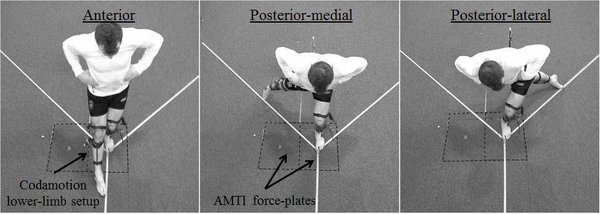Concussion recognition and management has improved dramatically over the last decade. Coaches and Physical Therapists are able to both recognize the signs and symptoms of concussion and direct the athlete to the appropriate health care treatment. Without proper management concussions can have serious and deadly consequences for the nervous system and musculoskeletal system. Lynall et al. reported concussed collegiate athletes were twice as likely to suffer an acute lower extremity injury compared to non concussed athletes (Med Sci Sp Ex. 2015). This increased risk is due to changes in our nervous system’s ability to communicate with the muscles and joints in our body. In particular, we have identified lasting balance, coordination, and control changes after a concussion injury.
Authors estimate 1 player in the NFL sustains a concussion every 2 or 3 games (Casson et al. 2010). These numbers are likely higher given the under reporting of concussions in collision sports. Building off Lynall et al. report a recent article examined the impact of concussions on future injury in NFL players (Pietrosimone et al. Med Sci Sp Ex. 2015). The authors mailed a survey to 3600 retired players and received 2,429 surveys in return. 60% of these athletes reported having at least 1 concussion during their NFL career. When the authors compared injury rates among the concussed and non concussed athletes they found higher rates of injury in the players who sustained a concussion. With each concussion athletes had a higher rate of musculoskeletal injury. Players with >3 concussions had 165% greater odds of reporting injuries to their arms, legs, or spine during their careers. This article provides further support on the link between concussion and injury. Athletes should be both symptom free and use Physical Therapy to reduce the risk of future injury on the field.

